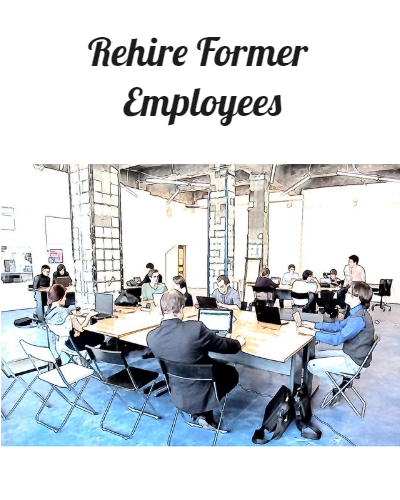5 Ways To Use Emotional Intelligence To Become a Better Leader
We live in a world where effective leadership is seen as a really important aspect especially in businesses. And leaders need to show dedication and improvement in performances over time so that they can stand out from the rest and lead by example. There is some orthodoxy when it comes to leadership because it is often associated with managing people and making the right decision at the right time, but there is one focal aspect that is often undermined when it comes to leadership. And that is emotional intelligence.
Emotional intelligence is the ability to recognize and understand emotions in yourself and others and then act accordingly to make decisions and manage things. It has been seen that in the workplace emotional intelligence is of more importance than IQ when it comes to the efficiency of employees and leaders.
High EI leads to strong leadership
A leader with high emotional intelligence stands out by leading by example and acting rationally. Leaders with High EI use the authoritative approach which is best suited because the leader acts as a role model rather than just dictating and that is where the difference lies between the authoritative approach and the authoritarian one. The authoritative approach is highly effective when it comes to households and parenting as well.
EI is contagious
When one person of a team exhibits high EI, then the EI of that team member spreads to other members as well. And just like that EI travels like a wave of positivity spreads throughout the team. And when the leader of the team exhibits high EI, then it spreads from top to bottom throughout the team.
High EI makes people active listeners
Active listening is an important aspect of communication, especially when it comes to organizations where employees go to their leaders to share ideas and converse. An authoritarian leader mostly would not listen to the employees and in cases where they listen, they will always override the suggestions of employees and implement their idea. On the contrary, authoritative leader exhibits high EI, so they actively listen to their employees and try to understand their situation, ideas, and grievances. The empathy of the leader not only puts them in a great position to make a great decision but also makes them a strong favorite in the team.
High EI is directly related to team engagement
A high EI leader knows how to handle all types of situations and even in situations of panic and crises, they make cool decisions and adapt to situations. Such that no matter what the situation is, the team will adapt and remain engaged.
The creation of a positive feedback loop
A high EI leader is an active listener, has social awareness, and knows how to manage relationships. These qualities are essential and play a key role because it is pivotal that a leader creates an environment of a positive feedback loop so that not only they can improve their leadership skills, but the organization will work smoothly and efficiently as well. EI is key in transformational leadership.
Please share with your colleagues & staff.
Gary Brunson
gary@myclearfocus.com
Debra Rider
debra@myclearfocus.com
574.361.2674
Sustainable Growth & Profit Consultant, Coach, Mentor and Counselor/Therapist for Business Owners and Professionals.











